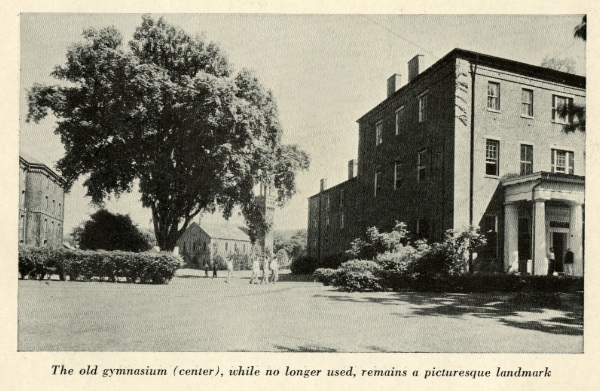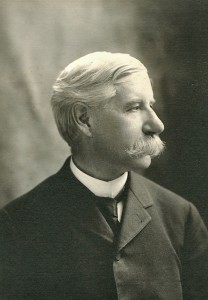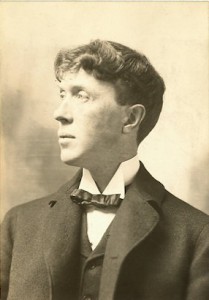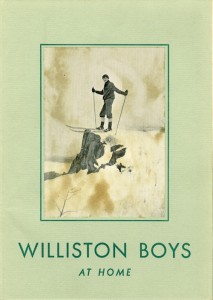 1932. The national economic depression was at its worst. President Herbert Hoover, forced to defend his record, was about to receive the worst electoral whipping ever at the hands of Franklin Roosevelt, who promised a New Deal for the American People. But even FDR’s most rabid supporters knew that recovery would take years. And the people who managed tuition-dependent private schools weren’t sure they had years. Williston Academy’s Headmaster Archibald Galbraith (served 1919-1949) was no exception.
1932. The national economic depression was at its worst. President Herbert Hoover, forced to defend his record, was about to receive the worst electoral whipping ever at the hands of Franklin Roosevelt, who promised a New Deal for the American People. But even FDR’s most rabid supporters knew that recovery would take years. And the people who managed tuition-dependent private schools weren’t sure they had years. Williston Academy’s Headmaster Archibald Galbraith (served 1919-1949) was no exception.
To be sure, Williston was in somewhat better shape than some of its competitors. The 1920s had been reasonably good years for fund-raising. When the 1929 crash came, much of the school’s assets were liquid, since Williston was midway through a major construction project. So we were less affected by the implosion of the investment market. The construction of the Recreation Center (see previous post) proceeded on schedule, and the building was opened in 1930. But endowment was nearly nonexistent, and the pool of academically eligible students whose families could afford boarding school was shrinking.
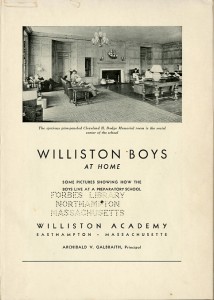 One answer was more aggressive marketing. Gone were the days when a combination of alumni networking and discreet ads in a few prestigious magazines was sufficient to create a viable group of applicants for admission. Galbraith needed to cast his net wider, to appeal to families that perhaps had never considered private schools. Among the products of this re-thinking was a 1932 pictorial pamphlet entitled “Williston Boys at Home.”
One answer was more aggressive marketing. Gone were the days when a combination of alumni networking and discreet ads in a few prestigious magazines was sufficient to create a viable group of applicants for admission. Galbraith needed to cast his net wider, to appeal to families that perhaps had never considered private schools. Among the products of this re-thinking was a 1932 pictorial pamphlet entitled “Williston Boys at Home.”
The booklet is nearly devoid of text, in contrast to the dry, text-heavy and pictureless Annual Catalogue of the time. It manages to avoid nearly any mention of Williston’s crumbling Old Campus, although more than half the students lived there and all classes met there — in fact, whether through oversight or design, there is no reference to the academic program at all. This Williston is a place of hockey and dancing, theatricals and swimmin’ holes. Times are good. Williston boys are indeed at home.
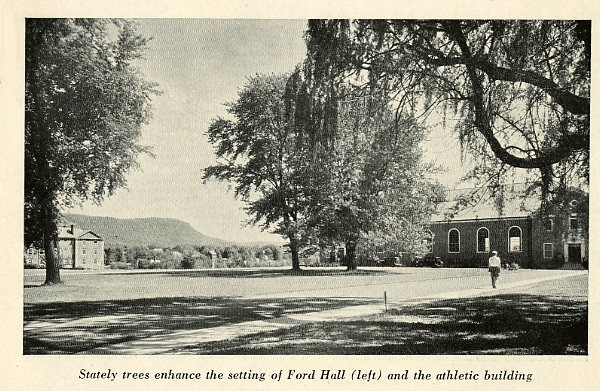 (“Williston Boys at Home” was generously donated to the Archives in 2008 by Gordon Cronin of Taurus Books, Northampton, MA.)
(“Williston Boys at Home” was generously donated to the Archives in 2008 by Gordon Cronin of Taurus Books, Northampton, MA.)
